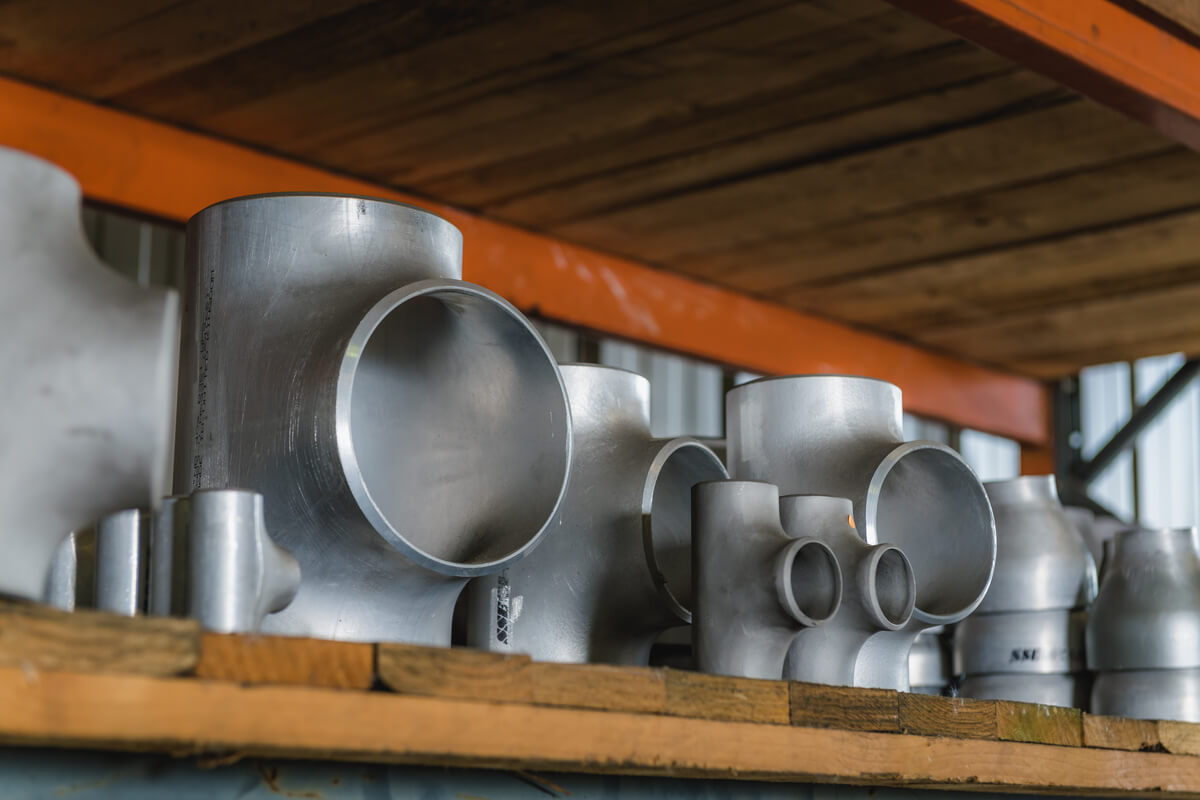Our accreditations
Anvil Alloys are proud to hold accreditations with the following governing bodies:
BS EN 9001:2015
AD 2000 Merkblatt W O
PED 2014/68/EU
Anvil Alloys Ltd holds the following accreditations:
BS EN 9001:2015
The British Assessment ISO 9001 is the world’s most widely recognised quality management systems standard. Developed by the International Organisation for Standardisation (ISO) it helps businesses improve services and product quality as well as reduce waste and lower costs.
Being ISO 9001 accredited highlights our dedication to taking a customer-focused approach, something that has been at our core for over 30 years.
AD 2000 Merkblatt W O
AD 2000 Merkblatt W O sets out the widely accepted rules of technology regarding pressure vessels and includes safety requirements for equipment, installation, marking, design, manufacture, testing and materials.
AD or “Arbeitsgemeinschaft Druckbehaelter” is a pressure vessel society comprised of seven different associations, all of which bring knowledge and experience. This ensures that AD is constantly at the forefront of the pressure vessel field, meaning this accreditation provides the utmost safety. Here at Anvil Alloys we prioritise compliance with industry-leading standards and are proud to share that
PED 2014/68/EU
The Pressure Equipment Directive (PED) is used for the design, manufacture and conformity assessment of stationary pressure equipment. This applies to pressure equipment that will experience a minimum of 0.5 bar. This accreditation aims to guarantee a high level of safety and that across Europe there is a uniform set of standards.
Material specifications currently in Anvil Alloys Ltd range:
ASME B209, B241, B221
The American Society of Mechanical Engineers (ASME) have comprised a list of several requirements for aluminium and aluminium alloys, with these three separate specifications covering different products. The focus of these includes material properties, dimensions, tolerances, testing methods and surface finishes.
- ASME B209 focuses on sheet, plate and foil forms of aluminium.
- ASME B241 focuses on seamless tubes made from aluminium alloys.
- ASME B221 focuses on extruded bars, rods and tubes.
EN 586-2, 755, 485, 573
Forging falls under the EN 586-2 specification, which covers hand forging, drop/ die forging and precision forging. Therefore, this specification means that all of our forging is produced to the tolerances accepted by the European standards, with our precision forging being produced even closer to the tolerances.
EN 755 covers extruded rod/bar, tube and profiles and it specifies the tolerances of this form of aluminium or aluminium alloy as well as dimensions and in specific cases additional properties.
EN 485 is a very important specification to adhere to, as it covers what information is to be part of the order document. This information is to be agreed upon to make sure that the supplied product really meets your expectations.
Another specification that is key to have is EN 573, which covers the chemical composition and form of wrought products. This means that the compositions of any alloy are in the permissible ranges to ensure that the alloy still has the intended properties for its use. Whether you are using our aluminium 5083 alloy for marine or petrochemical work – we make sure the composition matches so that you can harness its amazing properties!
AD Merkblatter W6/1
Merkblätter translates from German to mean guidelines and this specification provides the ‘guidelines’ for the procedure for testing welded joints and materials that are to be used in pressure vessels.
These guidelines ensure that welded joints in pressure vessels are tested thoroughly to ensure their integrity, reliability and safety. These standards are especially important to adhere to when working with aluminium alloys, such as aluminium 5083. Due to the relative welding sensitivity of aluminium when compared to other materials like steel.
Current manufacturing and dimensional specifications:
ASTM B361 & B547
ASTM B361 covers factory-made wrought aluminium and aluminium alloy welding fittings in contrast to field-made fittings. This applies to our welded elbows, which we offer in both aluminium 5083 and 6061-T6.
B547 covers aluminium and aluminium-alloy formed and arc-welded round tubes with diameters ranging from 9 to 60 inches. Which has been made from formed sheet or plate, butt welded by gas-tungsten or gas-metal arc-welding methods, either with or without the use of filler metal.
ASME B16.9, B31.3, B16.5 & B16.47
Applying the B16 standards allows users to comply with applicable regulations within their jurisdictions. B16.9 can be used alongside B31 piping codes to ensure that all piping meets the required standard for safety. Something that is especially important to us.
Welding codes currently in operation at Anvil Alloys Ltd:
ASME IX
ASME IX is a part of the boiler pressure vessel code, it outlines rules for welding procedure and welder qualification. It is used to qualify welders and welding procedures for ASME B31.3.
EN 9606-2
This code outlines the qualification of welders to carry out fusion welding of aluminium and aluminium alloys, such as aluminium 5083. This code does not cover fully mechanised and automated welding processes.
Material test records (MTR)
EN 10204 3.1
This certifies that the manufactured product technically satisfies the order. And therefore acts as proof of this. Any tests and how they are to be carried out has to be specified in the order, but this means that the products will adhere to any requests. Then it requires for a report to be created and signed by someone outside of the production department to ensure both compliance and that the products have passed any required tests.
No matter the requirement for a particular item, the 3.1 certificate is the statement of compliance. And therefore allows traceability on any particular item.

